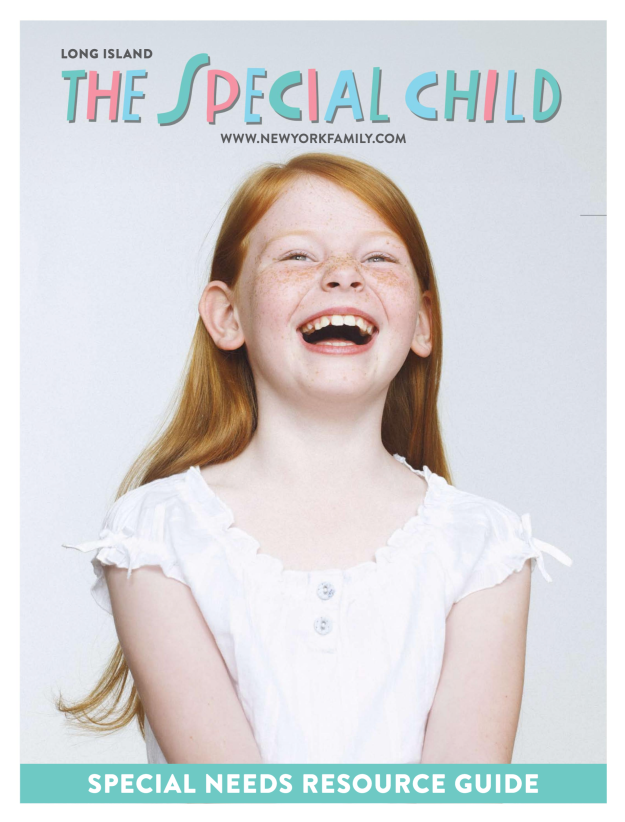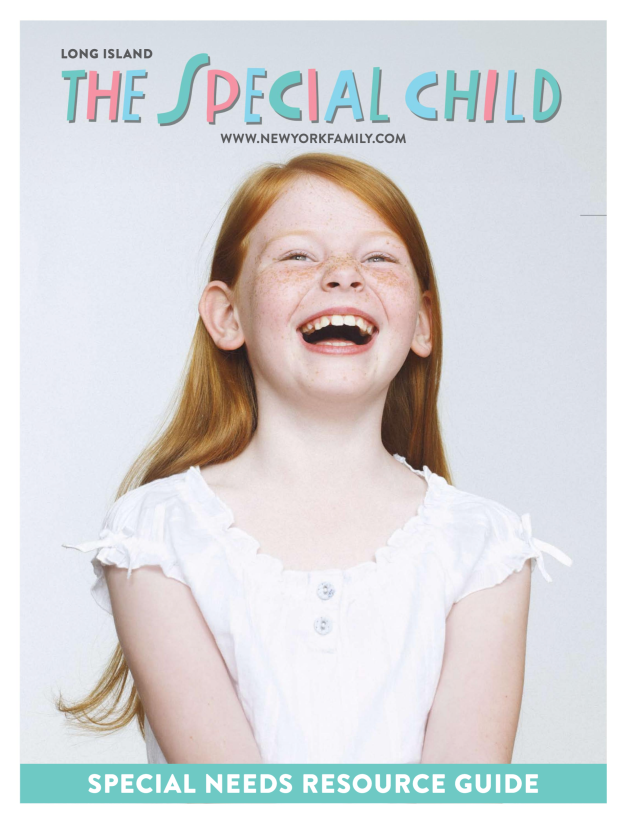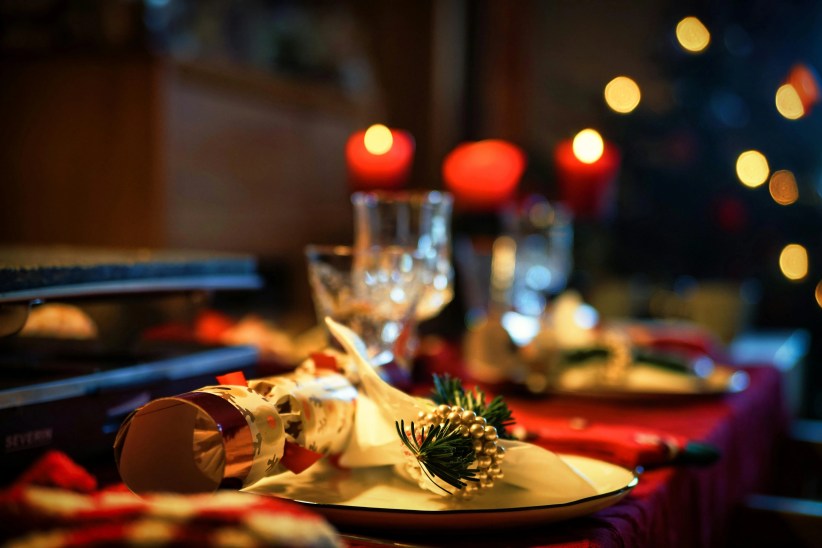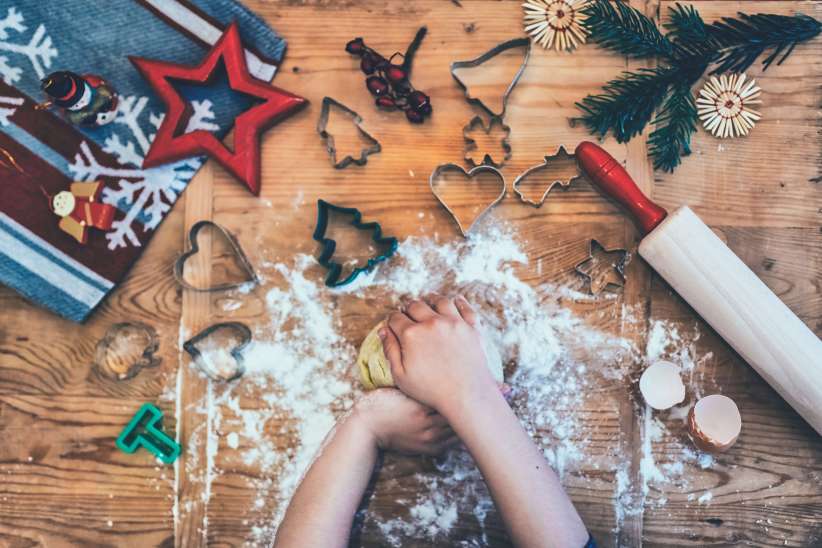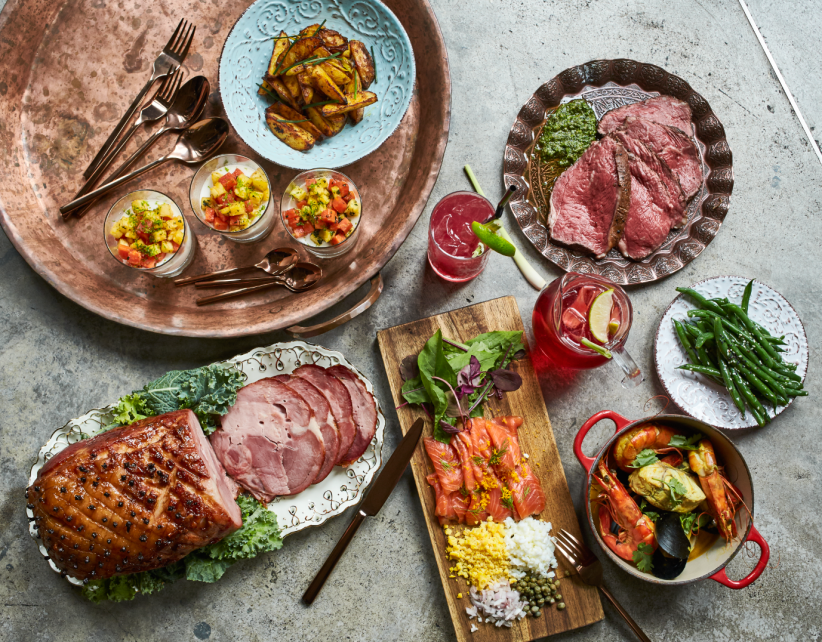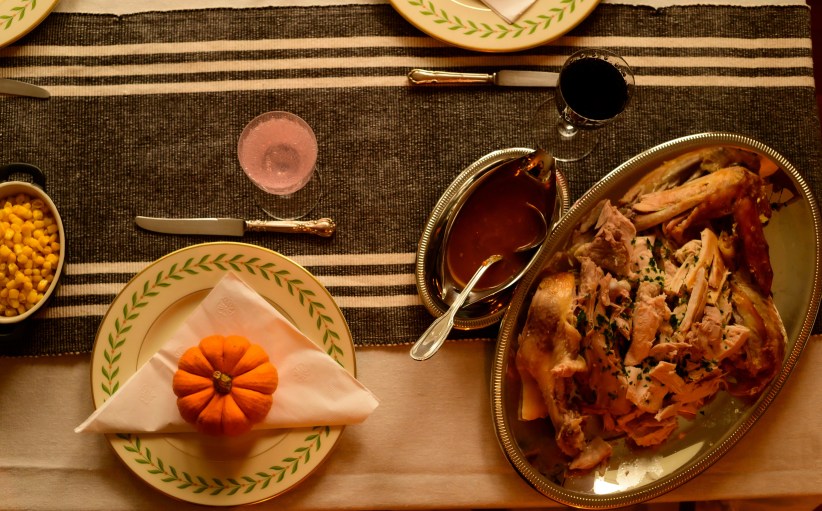 New York mother, caterer, and farm owner Liz Neumark has added cookbook author to her hat collection. Her debut cookbook, Sylvia’s Table, a cookbook was released in August. Far more comprehensive than the average compilation of recipes, the tome contains almost 200 approachable and kid-friendly recipes, personal anecdotes, safe cooking tips, and even history and info of key ingredients for a truly educational kitchen experience. With contributions from friends, family, renowned chefs, and other cookbook authors (alongside Neumark’s own recipes), Sylvia’s Table is a celebration of food and family, providing hands-on cooking experience for children and bring families together in the kitchen.
New York mother, caterer, and farm owner Liz Neumark has added cookbook author to her hat collection. Her debut cookbook, Sylvia’s Table, a cookbook was released in August. Far more comprehensive than the average compilation of recipes, the tome contains almost 200 approachable and kid-friendly recipes, personal anecdotes, safe cooking tips, and even history and info of key ingredients for a truly educational kitchen experience. With contributions from friends, family, renowned chefs, and other cookbook authors (alongside Neumark’s own recipes), Sylvia’s Table is a celebration of food and family, providing hands-on cooking experience for children and bring families together in the kitchen.
The book is inspired by The Sylvia Center, an organization dedicated to children’s health that Neumark founded in 2006 with the mission to teach children healthy eating habits by providing hands-on cooking experiences with fresh ingredients. Neumark’s upstate farm, Katchkie Farm, home to The Sylvia Center, hosts one-day visits for about 1,000 kids each year. In addition to learning about the farm and how it operates, students get to harvest ingredients to prepare their own meal. The Sylvia Center also conducts six-week programs throughout community centers in New York City, where kids learn the components of a healthy meal and the skills necessary to prepare these meals. Enough fundraising is done for 1,500 kids to participate in the NYC cooking programs annually.
Sylvia’s Table brings the positive initiatives of The Sylvia Center right into the reader’s home. Neumark encourages parents to welcome their children into the kitchen to learn about cooking and, most of all, to have fun! See what Neumark has to say about the cookbook below–then don’t miss the recipes for roasted chicken with herbs and brussels sprouts with butternut squash and apples that she’s kindly shared, just in time for the holiday season.
How did you decide which recipes to include in Sylvia’s Table?
It’s a cookbook and it’s a family book, and I reached out to members of my family and dear friends. I think it speaks to how I feel we should eat, with friends and family around the table. I picked things that I love that I either had made at home or I had used in my catering career. The goal is really to pick things that are easy, not complicated. For me, writing the cookbook was like weaving a tapestry, so there are different components and themes.
What are some of your kids’ favorite recipes in the book?
They are mostly out of the house now, so when they get to come home I really focus on the things they love the most. I think if it were 4 in the morning or 4 in the afternoon, if I were making latka, they would stop everything. I always make homemade applesauce with them because there is nothing like homemade applesauce. Another signature dish that they really love is the vegetable lasagna. I harvested my last eggplants and tomatoes from the farm last week, and I just stuck them in the freezer. We will pull them out in the winter [for the lasagna].
What inspired you to make the book so comprehensive?
That is part of making it a learning moment. If you are cooking with children, depending of course on the age of the children, and you are talking about harissa, you can tell them what it is. A lot of us are like ‘oh, here’s my jar of harissa,’ but we don’t understand where it comes from or what it is. Our first thought was to say ‘okay, lets make this a learning moment for children,’ but again from what I have learned in the field and in the kitchen, it’s that same learning moment for adults as well.
What impact do you hope the book has?
I hope that it demystifies seasonal cooking and educates. I hope it encourages and frees adults to cook more with children. I think for so many of us, our kitchens are spotless, but I really admonish people to let go. It is okay and there is a way to teach children how to hold a knife and they are going to be just fine. The benefits of involving children with food in the kitchen are so clear. And the way to teach them about eating well and exploring is really to get their hands on because children learn by doing.
What do children gain from spending a day at Katchkie Farm?
When they pull up a carrot and they’re like ‘wow, I knew what a carrot was, but I didn’t know it grew like this.’ That is just such an exciting moment of adventure and discovery. I think that is what we try to do, is wow them. And it is an imprint. They start to think differently about food and where it comes from. I always say we are planting seeds when they are here for how they look at food when they are not on the farm.
Where do the Katchkie Farm harvests go?
Most of what we grow goes to our CSAs (Community Supported Agriculture). We have about 22 CSAs. Two are community CSAs and the rest are workplace CSAs. That’s really a great way to connect our customers with fresh food. We also have a couple products that we make. We are known for our Katchkie Farm Ketchup and our tomato jam.
What are your future goals for The Sylvia Center?
I think maybe we will be able to connect with some wonderful organizations that are doing garden programs and be able to combine some of our community work with community gardens. I think that is a natural. The other movement aside from the healthy eating movement is greening our cities and we will look forward to working more corroboratively—us bringing the culinary experience and our partners having the gardening and the growing tools. And then we want to reach more kids. When you watch kids either gardening or cooking something special happens. It’s the process, not only the result. It’s calming; it’s community; it’s communication. So many good things happen. We are not giving them a fish we are teaching them how to fish. One of the things that occurred to us is to really train more people who are interested to do the work we do. If we can enable not only more children, but also more community chefs or cooks, that would be a great accomplishment.







